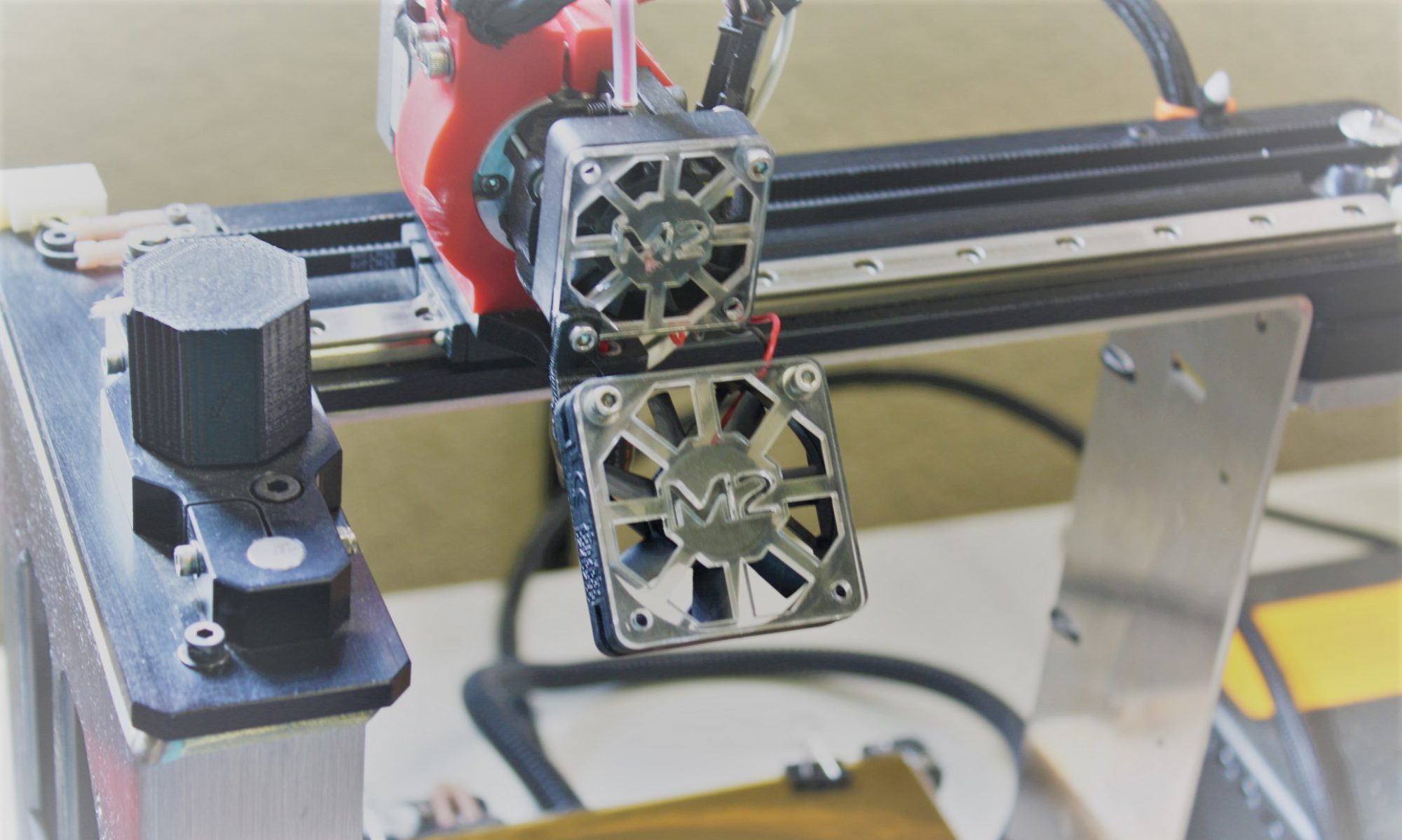After a lot of thinking about how to avoid the silicone mold cost, I concluded the least expensive way out was to find a way to 3D print the molds. After thinking through many options, I decided to try something a little different.
I call this the “fixed width” design, as due to the inner diameter geometry, you have to match the inner mandrel and outer molds.

The lowest part of the mandrel has a taper and a shoulder to set the position in the mold. The mold is comprised of two halves. The are indexed by short lengths of 4mm aluminum tubing. The mandrel pieces are also on a 4mm aluminum shaft.
The process is to pour the urethane into the open mold, around 3/4 full, then plunge the mandrel in.

Once cured, the mold is spit, and the mandrel comes out with all of the tires bonded together. They must be cut to width.

The outer molds have ridges in them to mark where the tires need to be cut. These grooves are enough that the tires can be cut to width with just a razor.

As the tires come off, you can pull the mandrel parts off one at a time to ease removal.

One pour yields 8 tires:

The zip files for these molds are available here –
Click for for zip file of STL’s
This exercise proved to me that I could pour tires directly into printed molds. They require some cleanup but are definitely usable.
The downside of this design, is that you’d have to print a unique set of outer molds and inner mandrels for each combination of Diameter and Tire width that you want to produce. This isn’t insurmountable by any means, as filament is cheap.
